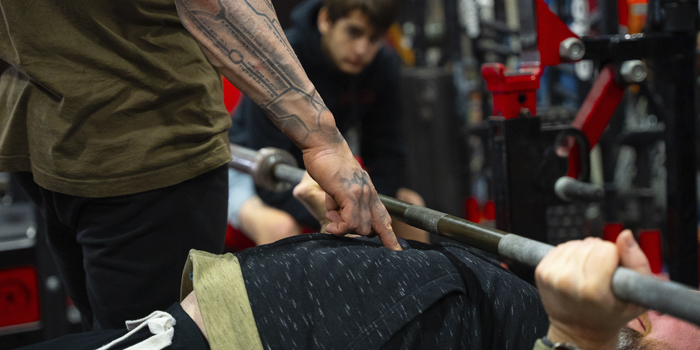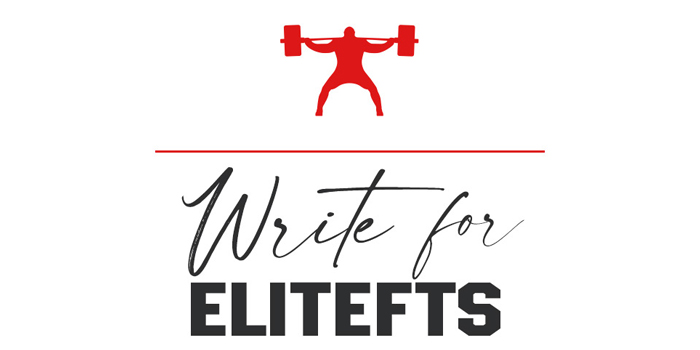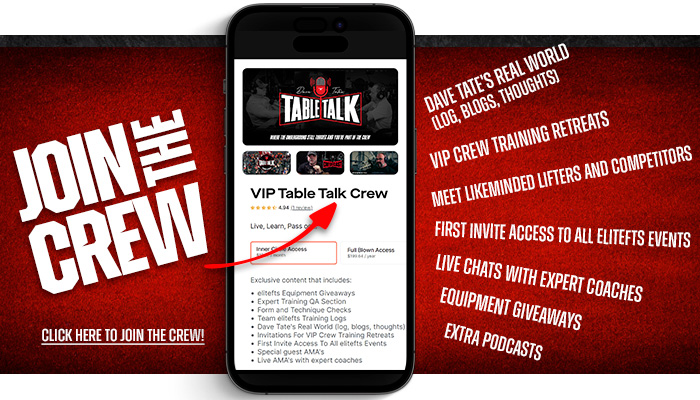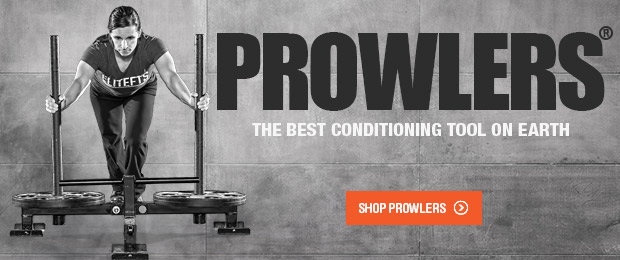
To grow and get stronger, you need to be able to recover.
Overtraining is a very hard thing to do, but when you are not careful about factors that drive up recovery debt, you can quickly find yourself regressing while trying to work harder.
When you train, your brain has to send signals to your body to work, and the more signals you need, the more risk you have of flipping over the debt pool.
These signals can be used to help begin the repair process. This helps to rebuild muscle, mitochondria, tendons, and ligaments and helps make your cells much bigger and more resilient.
Recovery
We are only given so much “recovery” capability in a day, so piling on consecutive days of strenuous exercise can quickly overflow your ability to heal and bring the body back to homeostasis. Homeostasis is a state of balance within the body that occurs when the variables in a system (e.g., pH, temperature) are regulated to keep internal conditions stable and relatively constant (Pocari et al., 2015).
Recovery is the body’s process of restoring homeostasis.
An intense, acute bout of physiological stress followed by adequate recovery, which enables adaptation and restores homeostasis, is generally considered healthy (Sapolsky, 2004).
Recovery Debt
However, what happens when you add in life stress, work stress, family, and your daily duties as a man or woman?
This, my friend, is what the tipping of the recovery debt pool is.
Once you tip this over, your body becomes jolted from declining performance, sleep, adrenal function, and hormonal balance.
A recovery debt is what happens when you put a ton of stress on all the cells and tissues involved in training without also giving them the energy they need for recovery and repair.
Scientifically, post-workout fatigue is made up of three main mechanisms: excitation-contraction coupling failure (ECCF), supraspinal central nervous system (CNS) fatigue, and myofibril damage.
These three post-workout fatigue mechanisms all arise from the accumulation of calcium ions during a workout. When calcium ions accumulate during a strength training set, this stimulates the production of calpains inside the cytoplasm.
RECENT: Use the Skater Squat as a Deadlift Alternative
These calpains attack the minor proteins of the triadic junction and cause ECCF towards the end of the set (typically during the last two reps before failure). After the workout, the calpains continue attacking proteins inside the cytoplasm and this starts producing myofibrillar damage. The presence of myofibrillar damage causes an inflammatory response that then, in turn, causes more myofibrillar damage as well as some supraspinal CNS fatigue.
Contrary to popular belief, most of the damage is actually caused after the workout and not during. That is why your “non-training day” nutrition is very important to your overall recovery and success if your goal is to build muscle.
Remember, hypertrophy is produced by the combination of high effort (which recruits more motor units) and a slow velocity (which allows muscle fibers to experience high levels of mechanical tension). When this happens, your brain sends signals to your cells to produce ATP. The driver of hypertrophy is mechanical tension, not volume.
The more ATP that is needed, the more energy that is required from your cells, and neglecting the process puts you at higher risk for muscle breakdown and injury.
How Do You Know If You're in Debt?
Hans Seyle, the pioneering stress researcher, wrote that the “exhaustion phase” of his General Adaptation Syndrome increases the risk of injury or illness (Seyle 1978). That phase is synonymous with overtraining.
Although objective markers of muscle recovery like creatine kinase (CK) are considered valid, the utility of CK is reduced by several variables, including gender, age, and individual biological responses.
Though several signals point to overtraining, an elevated resting heart rate (RHR) coupled with a decrease in exercise performance over 7–10 days are perhaps the easiest to monitor (Pocari et al. 2015; NASM 2107).
Symptoms of Overtraining Include:
- Decreased performance over 7–10 day period
- Increased resting heart rate and/or blood pressure
- Decreased body weight
- Reduced appetite or loss of appetite and possibly some nausea
- Disturbed sleep patterns and inability to attain restful sleep
- Muscle soreness and general irritability
- Reduced motivation/adherence
How Do We Monitor?
The rate at which people breathe can indicate a lot of how much stress the body is under. At rest, the dominance of the parasympathetic nervous system results in slower and relatively deeper breathing (which is preferable), whereas the dominance of the sympathetic nervous system results in more rapid and shallow breathing moving toward hyperventilation. The key to homeostasis is learning how to convert quickly to each side of the nervous system when needed. We all think about the stress and sympathetic state of training but often forget that if you do not train recovery and the other side, your process can be ultimately short-lived with higher amounts of cortisol production.
The more cortisol we produce under stress, the more things go south, starting with:
- A reduction in thyroid hormone leads to a decrease in metabolic rate.
- A reduction in leptin leads to a decrease in metabolic rate and increased hunger.
- Increases in ghrelinl increase hunger.
- Decreases in insulin increases hunger and threatens muscle retention.
- Decreases in testosterone threatens muscle retention and reproductive health in men.
- Decreases in estradiol threatens bone health and reproductive health in women.
High cortisol brings on decreases in progesterone, which robs DHEA, and it heads into androgens, which then increases ALDOSTERONE, which is what brings in the swelling and water. Once you drive up inflammation and swelling, the game is over for your ability to recover.
Test Your Recovery Debt
One simple method to test your recovery debt is the Buteyko Control Pause (CP) test, created by a Ukrainian doctor named Konstantin Pavlovich Buteyko, to determine whether people are over-breathing. Overbreathing forces greater amounts of carbon dioxide out from the lungs, resulting in a decrease in available bicarbonate in the blood and potentially decreasing one’s capacity for high-intensity exercise.
His test measures the elapsed time between the end of one normal expiration and the point at which the person needs to take another normal breath. The natural delay between breaths is called the automatic pause.
Longer pauses are associated with slower, deeper breaths that oxygenate more effectively (because more air is reaching the alveoli), as well as stabilization of blood levels of carbon dioxide, which is important for maintaining blood pH. All of this plays a significant role in exercise and recovery.
To Conduct Buteyko’s CP Test:
- Perform the test in the morning after waking and while sitting upright.
- At the end of one normal breath (exhalation), start a stopwatch.
- Sit quietly until the need to take another normal breath occurs. (This cannot be a deeper breath or gasp.) Stop stopwatch.
- The point at which another normal breath is needed should occur at approximately 40 seconds, though many people tend to overbreathe, resulting in a score of only 15–25 seconds.
Remember, one statistic you never hear was reported by the CDC stating there are approximately 12,000 deaths per year caused by work-related stress only.
Some signs you can look for if you are overly stressed, whether you believe it or not:
- Poor Sleep
- Low Energy
- Inability to Focus/Brain fog
- Hair Loss
- Low/No Sex Drive
- Weight Gain with no change in diet/calories
- Constipation/Diarrhea
- Irregular Menstrual Cycle
Starting to work more of your rest and digest side of the nervous system can be the ticket to increasing your recovery pool and allowing your body to return to baseline and handle more stress.
More is not always better, so if you want to train more- make sure your body is BETTER than most of our country’s.
References
- Pocari, J.P., Bryant, C.X., & and Comana, F., 2015. Exercise Physiology. Philadelphia: F.A. Davis.
- Sapolsky, RM 2004. Why Zebras Don’t Get Ulcers (3rd ed). New York: Holt Paperbacks.
- Seyle, H. 1978. The Stress of Life New York, NY: McGraw-Hill.
Mike Over is a NASM master trainer and owner of Over-Achieve Fitness in Pennsylvania. He works with hundreds of everyday gym-goers and athletes of all levels.











